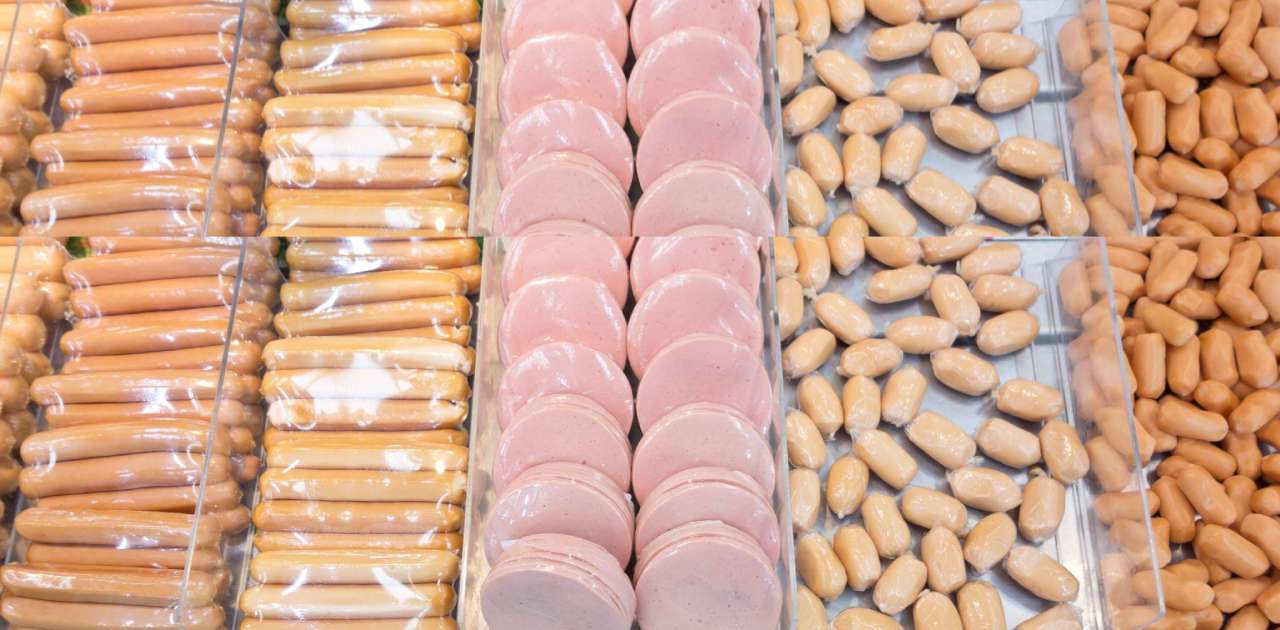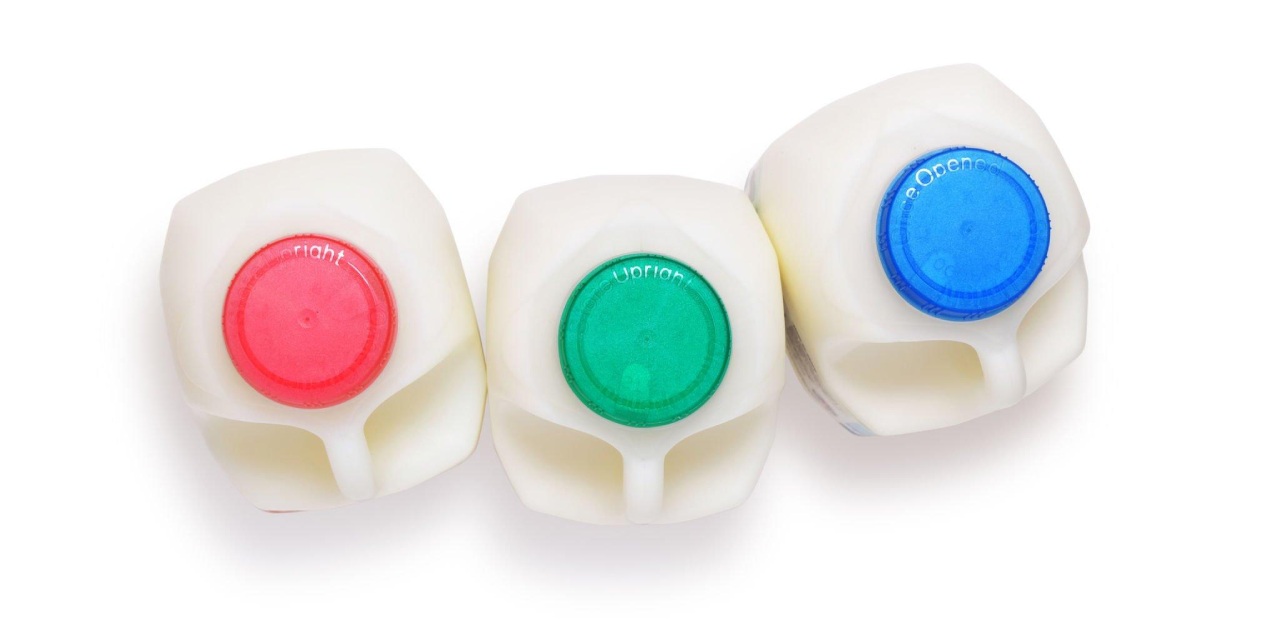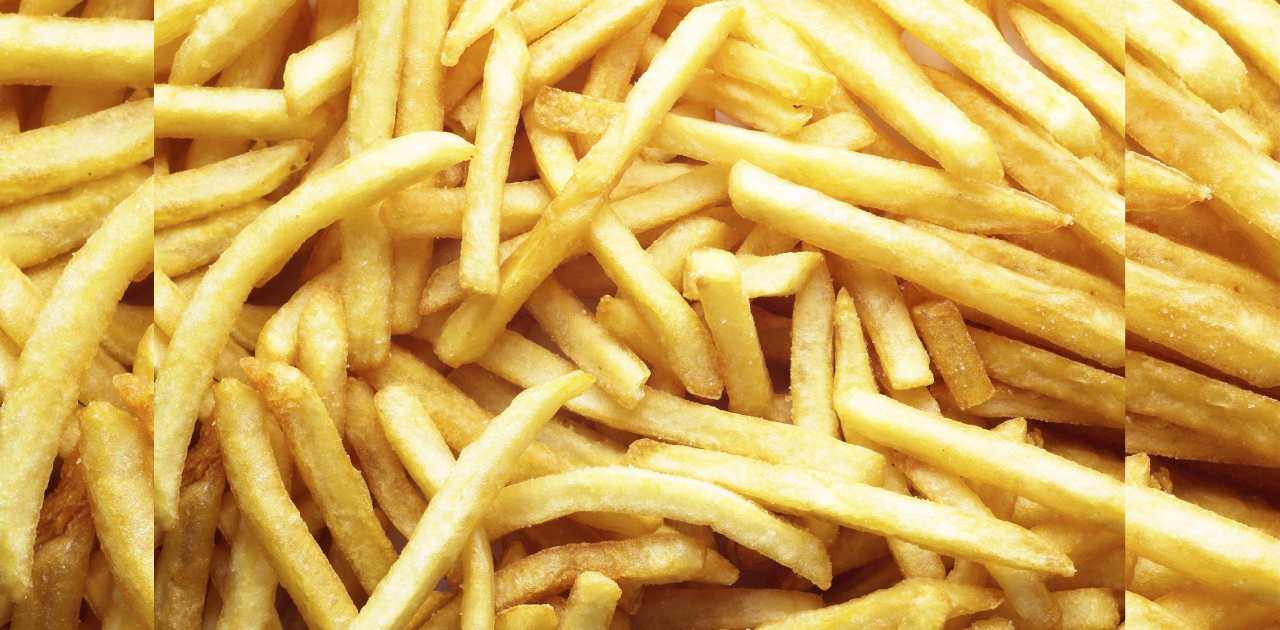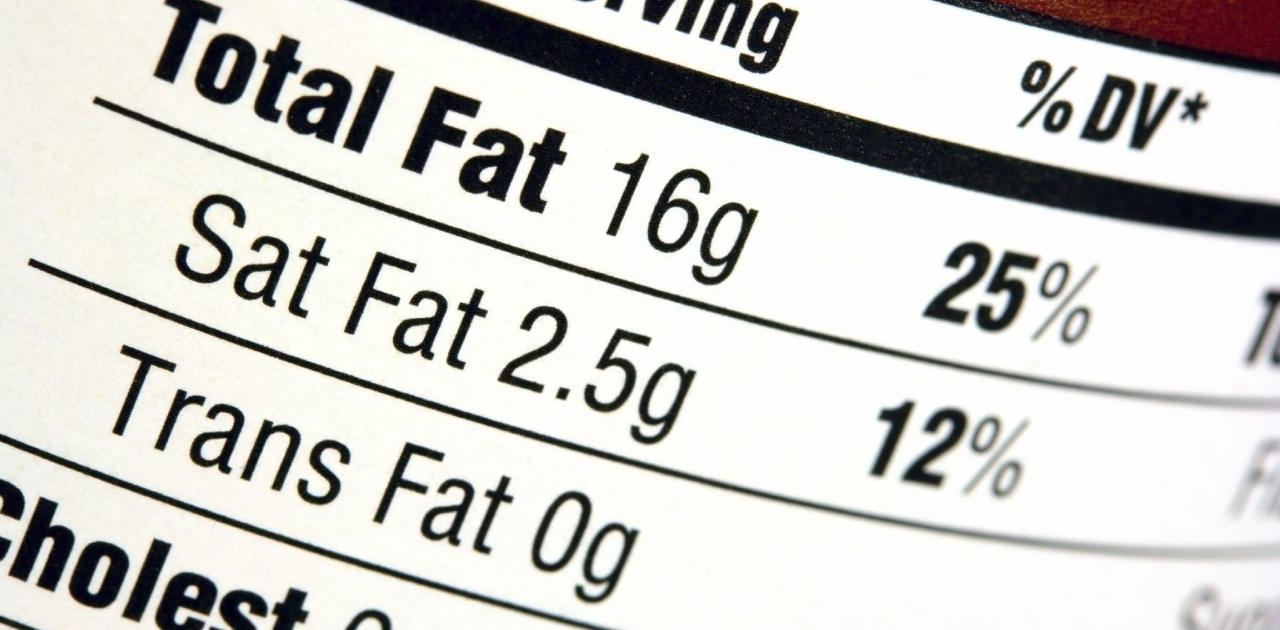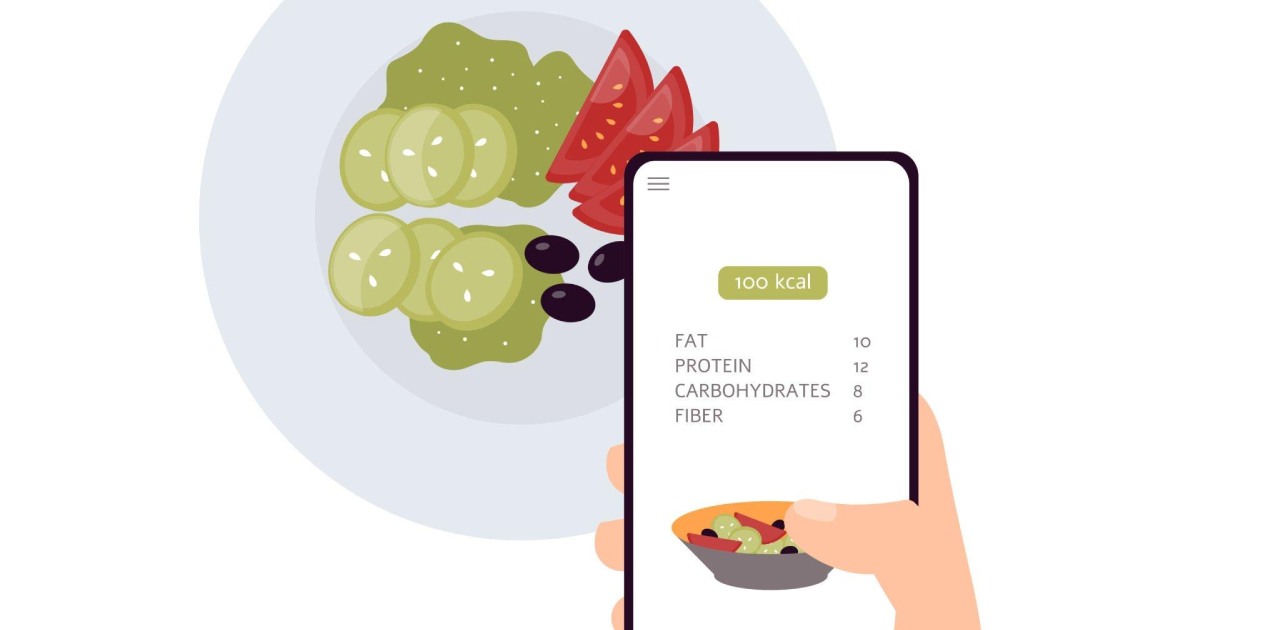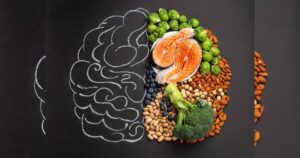As we navigate the world of nutrition, it’s important to understand how certain foods can impact our health, especially for individuals with diabetes. By making informed choices and avoiding certain foods, you can better manage your blood sugar levels and reduce the risk of complications. In this comprehensive guide, we will explore the foods to avoid for diabetes and provide healthier alternatives to promote optimal health and well-being.
The Impact of Unhealthy Foods on Diabetes
Eating unhealthy foods can have detrimental effects on the body, particularly for individuals with diabetes. These foods can lead to weight gain, elevated blood sugar levels, and an increased risk of heart disease. By understanding the potential risks associated with certain foods, we can make healthier choices to support our overall health.
Processed Meats: A Hazardous Choice
Processed meats, such as bacon, ham, salami, and beef jerky, are laden with harmful chemicals that are not present in fresh meat. Numerous studies have linked processed meats to various diseases, including cancer and heart disease. To replace processed meats, opt for leaner and more natural protein choices like chicken, turkey, tuna, or hard-boiled eggs. These alternatives provide essential nutrients without the added risks.
Full-Fat Dairy Products: Choose Wisely
Full-fat dairy products primarily contain saturated fat, which increases the risk of heart disease. Additionally, these higher-fat foods tend to be calorie-dense, contributing to obesity. Replace full-fat dairy products with low-fat or non-fat options, as well as non-dairy milks like almond or soy milk. When selecting low-fat products, be mindful of added sugars or unhealthy ingredients that may compensate for the reduced fat content.
Packaged Snacks and Processed Baked Goods: Hidden Dangers
Most packaged snacks and processed baked goods are filled with refined sugar, refined wheat flour, and unhealthy fats like trans fats. These ingredients contribute to rapid spikes in blood sugar and insulin levels, posing risks for diabetes management. Opt for healthier alternatives like hummus and vegetables, a handful of almonds, or apple slices topped with nut butter. These options provide wholesome nutrition without the harmful additives.
White Carbohydrates: A Nutritional Void
White carbohydrates, such as white bread, rice, and pasta, lack essential nutrients and are quickly converted to glucose in the body. These refined carbohydrates can lead to blood sugar spikes, weight gain, and increased levels of “bad” cholesterol. Choose whole grain alternatives like brown rice, quinoa, and whole grain pastas and breads. These options are rich in fiber, vitamins, and minerals, promoting better blood sugar control and overall health.
Sweetened Breakfast Cereals: A Sugary Start
Many breakfast cereals are high in added sugars, causing rapid blood sugar and insulin spikes. Regular consumption of sugary cereals increases the risk of obesity, heart disease, and cancer. Instead, opt for oatmeal, homemade granola, or packaged breakfast cereals with little to no added sugar. These alternatives provide sustained energy and essential nutrients to start your day right.
Dried Fruits: A Sweet Trap
Dried fruits may seem like a healthy snack, but they are loaded with sugar. A small box of raisins contains as much as 25 grams of sugar, which can quickly elevate blood sugar levels. Choose fresh fruits like apples or bananas for a quick and nutritious snack on-the-go. These options provide natural sweetness along with fiber and essential vitamins.
French Fries: A Deep-Fried Danger
French fries, deep-fried in oil high in unhealthy saturated fats, are not only high in calories but also pose serious health risks. Regular consumption of French fries increases the likelihood of heart disease and obesity. Replace French fries with vegetable sticks or baked sweet potato wedges. These alternatives offer fiber, vitamins, and minerals without the excess fat and calories.
Higher-Fat Cuts of Meat: Trim the Fat
Higher-fat cuts of meat, such as beef or pork ribs, prime rib, and rib-eye steak, have been associated with an increased risk of heart disease and cancer. Choose leaner meats like chicken or turkey breast, sirloin or eye of round steak, or pork tenderloin. These options provide protein without the excessive saturated fat content.
Foods with Trans Fats or High Saturated Fat Content: The Unhealthy Duo
Trans fats and saturated fats have no known benefit to human health and can increase “bad” cholesterol levels while decreasing “good” cholesterol levels. Foods high in trans fats and saturated fats include cakes, pies, doughnuts, cookies, crackers, potato chips, fried fast foods, and frozen pizza. Opt for foods containing natural sources of vegetable fats like nuts, seeds, or avocados. Additionally, include foods rich in omega-3 fatty acids such as salmon, tuna, or mackerel to promote heart health.
Sugary Foods: Satisfy Your Sweet Tooth Mindfully
While it’s normal to crave sugary foods, it’s important to consume them in moderation. Foods high in added sugar provide little to no nutritional value and can cause rapid blood sugar spikes followed by sharp drops. Replace sugary foods with fresh fruits, yogurt and berries, or homemade healthy ice cream. These options offer natural sweetness, fiber, and essential nutrients.
Creating a Healthy Diabetes Diet Plan
Now that we have explored the foods to avoid for diabetes, it’s essential to develop a healthy-eating plan that promotes optimal blood sugar control and overall well-being. By incorporating nutrient-dense foods and making mindful choices, you can create a diet plan that supports your diabetes management goals.
Understanding Carbohydrates: The Key to Blood Sugar Control
Carbohydrates play a significant role in blood sugar regulation. It’s important to consume the right amount and type of carbohydrates to maintain stable blood sugar levels. Working with a registered dietitian can help determine your specific carbohydrate needs based on factors like age and activity level.
In general, women should aim for about 45 grams of carbohydrates per meal, while men should aim for about 60 grams per meal. Snacks should consist of 15-20 grams of carbohydrates. It’s advisable to distribute carbohydrate intake evenly throughout the day to prevent blood sugar spikes. Choosing complex carbohydrates like whole grains, fruits, and vegetables can help regulate blood sugar levels more effectively than simple carbohydrates.
The Plate Method: A Simple Approach to Meal Planning
The plate method is a practical and effective way to plan balanced meals for individuals with diabetes. It emphasizes portion control and encourages the inclusion of nutritious foods. Follow these steps to create a well-rounded plate:
- Fill half of your plate with non-starchy vegetables like spinach, carrots, and tomatoes. These vegetables are low in calories and carbohydrates, making them ideal for blood sugar control.
- Fill a quarter of your plate with lean proteins such as tuna, lean pork, or chicken. Protein helps maintain satiety and supports muscle health.
- Fill the remaining quarter of your plate with carbohydrates like brown rice or starchy vegetables such as green peas. Opt for complex carbohydrates rich in fiber to promote steady blood sugar levels.
- Include “good” fats like nuts or avocados in small amounts. These healthy fats provide essential nutrients and add flavor to your meals.
- Add a serving of fruit or dairy to complete your meal. Choose fresh fruits or unsweetened dairy products to minimize added sugars.
Counting Carbohydrates: A Precise Approach
For precise carbohydrate management, counting carbohydrates can be an effective strategy. This method involves determining the amount of carbohydrates in each meal or snack and adjusting insulin doses accordingly. Working with a dietitian can help you learn how to measure food portions, read food labels, and understand serving sizes and carbohydrate content. By tracking your carbohydrate intake, you can better control your blood sugar levels.
Choose Your Foods: Tailoring Your Diet Plan
A dietitian may recommend specific food choices to help you plan meals and snacks effectively. These choices are based on the amount of carbohydrates, protein, fat, and calories present in each food item. By following these recommendations, you can maintain consistent blood sugar levels and make informed choices that align with your health goals.
The Glycemic Index: A Tool for Blood Sugar Management
The glycemic index ranks carbohydrate-containing foods based on their effect on blood sugar levels. Some individuals with diabetes find this method helpful, especially when managing their carbohydrate intake. Consult with your dietitian to determine if incorporating the glycemic index into your meal planning can benefit you.
A Sample Menu for Diabetes Management
To provide a practical example of a diabetes-friendly meal plan, here is a sample menu suitable for individuals who need 1,200 to 1,600 calories per day:
- Breakfast: Enjoy a balanced meal consisting of a medium slice of whole-wheat bread with 2 teaspoons of jelly, 1/2 cup of shredded wheat cereal with 1% low-fat milk, a piece of fruit, and a cup of coffee.
- Lunch: Opt for a roast beef sandwich on wheat bread with lettuce, tomato, and mayonnaise, accompanied by a medium-sized apple and water.
- Dinner: Prepare a nutritious dinner with salmon cooked in 1 1/2 teaspoons of vegetable oil, a small baked potato with 1 teaspoon of margarine, 1/2 cup of carrots, 1/2 cup of green beans, a medium-sized dinner roll, and unsweetened iced tea.
- Snack: For a satisfying snack, enjoy 2 1/2 cups of popcorn with 1 1/2 teaspoons of margarine.
The Benefits of a Healthy Diabetes Diet
Embracing a healthy-eating plan tailored for diabetes management offers a range of benefits. By keeping your blood sugar levels in check, you reduce the risk of long-term complications associated with diabetes. Additionally, a well-balanced diet promotes overall health and can help with weight management, blood pressure control, and the prevention of cardiovascular diseases.
Following a diabetes-friendly diet can also lower the risk of certain types of cancer and improve bone health. By incorporating fruits, vegetables, whole grains, lean proteins, and healthy fats into your meals, you provide your body with essential nutrients, vitamins, minerals, and fiber.
The Importance of Personalized Guidance
It’s crucial to partner with your healthcare provider and a registered dietitian to create an eating plan that suits your unique needs and preferences. By working closely with these professionals, you can develop a customized diet plan that aligns with your health goals and promotes optimal blood sugar control.
Remember, consistency and adherence to a healthy-eating plan are key to successfully managing diabetes. By making informed food choices, practicing portion control, and establishing regular eating patterns, you can take control of your health and prevent complications associated with diabetes.
In conclusion, understanding the foods to avoid for diabetes and creating a personalized healthy-eating plan are essential steps in managing the condition effectively. By making informed choices and incorporating wholesome alternatives into your diet, you can support your blood sugar control and overall well-being. Consult with your healthcare team for personalized guidance and embrace the power of nutrition in managing diabetes.

